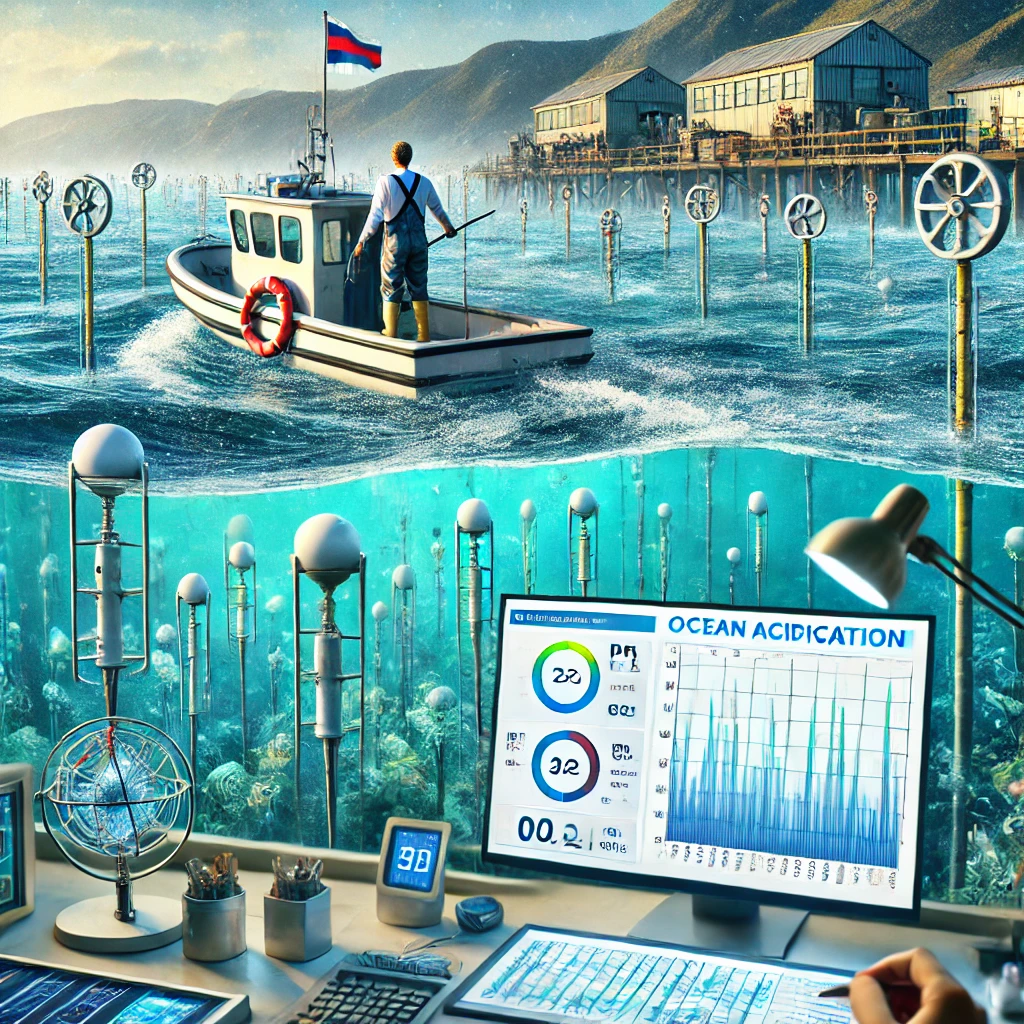How do you measure the acidity of water?
Article Source: ACS Publications

Why you should care
Ocean acidification is a growing environmental concern driven by increasing CO2 emissions. As oceans absorb more CO2, their acidity rises, threatening marine ecosystems, particularly organisms that rely on calcium carbonate like coral and shellfish. Monitoring acidification is crucial for understanding its impacts and creating solutions to protect marine life and global biodiversity.
Answering the question… How do you measure the acidity of water?
Ocean acidification is tracked by monitoring changes in seawater pH and CO2 levels. Scientists use advanced sensors that measure pH directly and detect shifts in carbonate chemistry. These measurements reveal how increasing atmospheric CO2 impacts ocean chemistry, highlighting a dramatic 30% rise in acidity over the last 200 years.
How was the study done?
The research involved deploying pH sensors across various ocean basins on buoys, underwater vehicles, and research ships. Data was collected from long-term monitoring stations and compared against historical baselines. By analyzing water samples and real-time data, researchers could observe the acidification trend and its effect on marine ecosystems, focusing on sensitive regions like coastal areas.
What was discovered?
- CO2 Absorption: The oceans absorb about 30% of global CO2 emissions, playing a critical role in regulating atmospheric CO2 but at the cost of increasing ocean acidity.
- pH Levels: The pH of ocean waters has dropped from 8.2 to 8.1 since pre-industrial times, which signifies a 26% increase in acidity. Although this change seems small, it has significant implications for marine life.
- Calcium Carbonate Decline: Acidification has caused a 50% drop in calcium carbonate in some areas, critical for organisms like corals, mollusks, and some plankton that require this mineral to build their shells and skeletons. Without sufficient calcium carbonate, these species struggle to survive and grow.
- Marine Life Impact: The study found that organisms, particularly shellfish like oysters and mussels, have experienced up to a 60% reduction in survival rates due to more acidic conditions. Additionally, coral reef growth has slowed by nearly 20% in regions where acidification is most intense.
- Regional Differences: Coastal areas are more vulnerable, showing a higher rate of acidification due to pollution, nutrient runoff, and other human activities that exacerbate the acidification process. These areas are witnessing a two-fold increase in acidity rates compared to open oceans.
Why does it matter?
The impact of ocean acidification on marine ecosystems is far-reaching. As key species struggle to survive, entire food chains are disrupted, potentially leading to major ecological shifts and economic consequences for industries like fishing and tourism. By understanding the scale of acidification, scientists can work toward mitigating its effects and protecting ocean biodiversity.
For more detailed information, visit the full article here.
